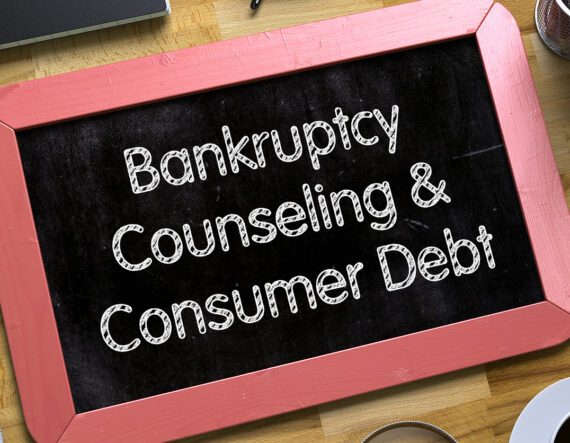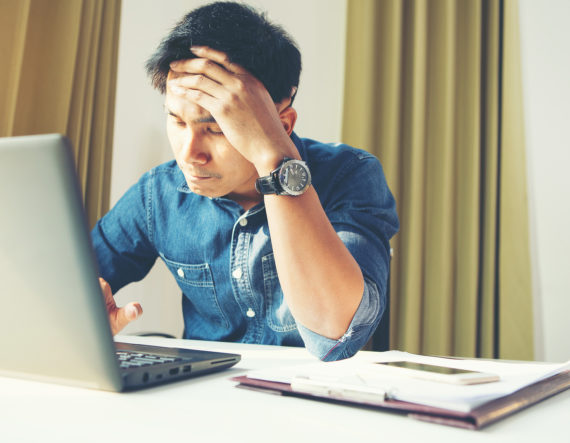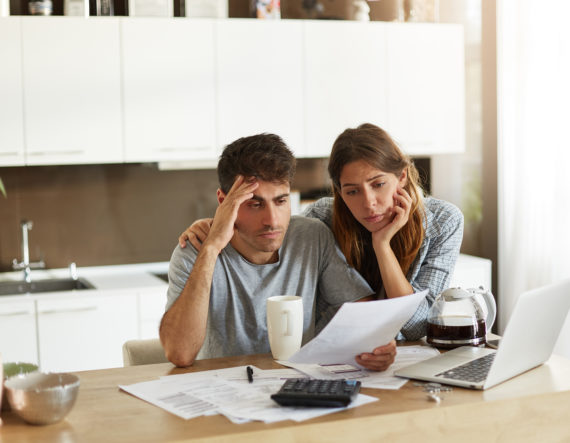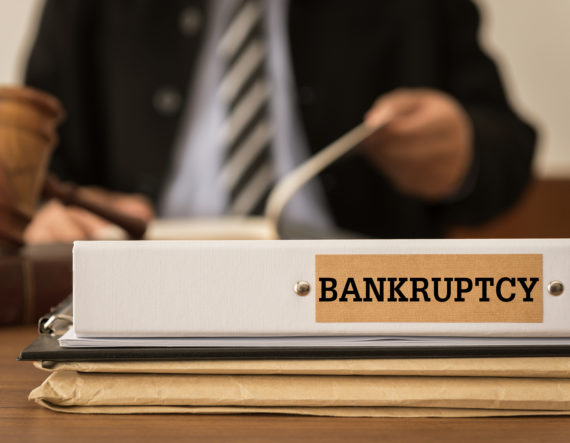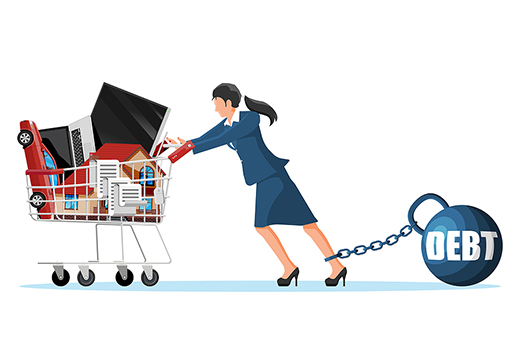
Bankruptcy Impact and Recovery
The decision to file bankruptcy is a uniquely challenging financial emergency. In fact, it’s not a single emergency at all. Bankruptcy is usually the result of many compounding factors over time, rolled up into the stress and emotion that come with the process of filing for bankruptcy and hitting the reset button on your financial life.
An appropriate analogy might be that filing for bankruptcy is the financial equivalent of coming out of surgery. A difficult and painful experience is mostly behind you, but there is still work to be done to recover and put yourself back in a healthy position.
If you are thinking about filing for bankruptcy, or already have, there is the chance to turn this emergency into an opportunity. Make sure you understand what the impact will be, and then you can plan for a solid recovery.
The Impact
Property
One of the major impacts of bankruptcy can be the loss of property. In fact, you have probably heard people say that you’ll lose your home and car if you file for bankruptcy. There is a lot of confusion on this topic, and as it turns out things are not so cut and dry (thankfully).
In many cases, consumers can keep their home and vehicle because of a combination of how their circumstances align with state law and a strategic choice about whether to file Chapter 7 or Chapter 13 bankruptcy. This highlights the importance of seeking a counselor and an attorney who can help lessen the negative impacts on your important property and help you make the best choice for your situation.
Still, if you lose property, you will need to prepare for the disruptions of that impact. And even if you don’t lose property, you will want to carefully assess your living situation to make sure it is sustainable post-bankruptcy.
Credit Impact
One unavoidable consequence of bankruptcy is damage to your credit score and a negative mark on your credit report. The drop in your credit score will be directly related to your credit score before bankruptcy. If it was high, then you can expect a large drop. If it was already on the lower side, then you should expect a much lower drop. In either case, you can expect a maximum possible drop of around 240 points.
Bankruptcy is also listed on your credit report and will remain there for a significant amount of time. Chapter 7 bankruptcy stays on a credit report for 10 years, while Chapter 13 remains on a credit report for seven years.
These impacts on your credit may make it more difficult to manage credit after bankruptcy. You will have to rebuild a good credit history to re-earn the trust of lenders, and that will take time. This means that all the things that depend on your credit report – including some jobs and housing applications – can be more difficult.
Non-financial Impact
Bankruptcy is not just a financial event. It is almost always stressful and emotional. You may simply be overwhelmed by the process or by notions that you are being judged or that there is a stigma.
Try to remember why you are making this choice and what lies ahead. If you are filing for bankruptcy, it’s because it’s what is best for you to move forward with your life, and there is no shame in that. You also have a whole financial future to look forward to, and you can still make the most of your future opportunities.
The Recovery
When you are through the bankruptcy process, it is time to start setting yourself up for financial success. This means you should take time to think about your past financial habits and where there is room for improvement. This is an area in which a credit counselor can help tremendously.
The most important habit to develop is a monthly, written (or digital) budget. You need to know exactly what your monthly financial commitments are and how much money you will bring in each month. Having this all mapped out will help you work toward saving more than you spend and making sure you pay all of your creditors and other bills on time.
It’s also a good idea to streamline this budget as much as possible. Emphasize your needs and minimize wants for now. You want this budget to be sustainable, and coming out of bankruptcy will be a good time to start slow and focus on the items that matter most (food, housing, clothing, vehicle, and other essentials) while limiting luxuries.
Go Slow with Credit
You will want to work on rebuilding your credit while at the same time not taking on obligations you can’t meet. This is a delicate balance. Start slow and only open one account. For many people after bankruptcy, secured credit cards are a good option. In fact, for borrowers with very low credit scores, these may be the only option for opening a credit card. These products require you to put down small amounts of cash as collateral (which protects the bank and is why they are called “secured”).
Consider working with a credit union post-bankruptcy, as many may offer secured credit card products in addition to credit-builder loans.
The Path Forward
Bankruptcy is a challenging process. Financial stress often leads to bankruptcy, then the actual bankruptcy process creates even more stress and other financial impacts. The silver lining is that in the recovery process you have a chance to start over. If you need help at any point of your bankruptcy process (from thinking about filing all the way through the recovery), consider speaking with a credit counselor who can review your situation and help you make a personalized plan.
The post Bankruptcy Impact and Recovery appeared first on NFCC.
Read more: nfcc.org

